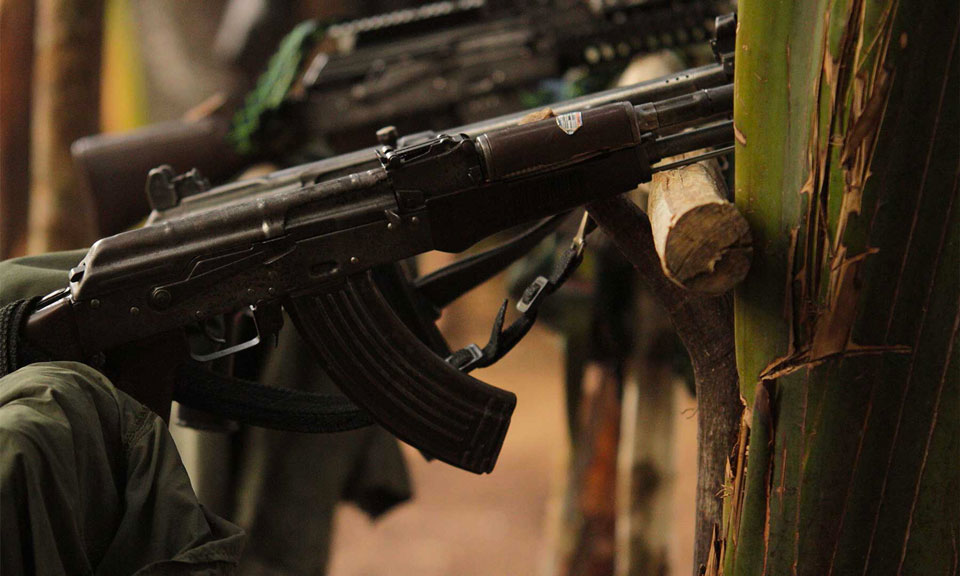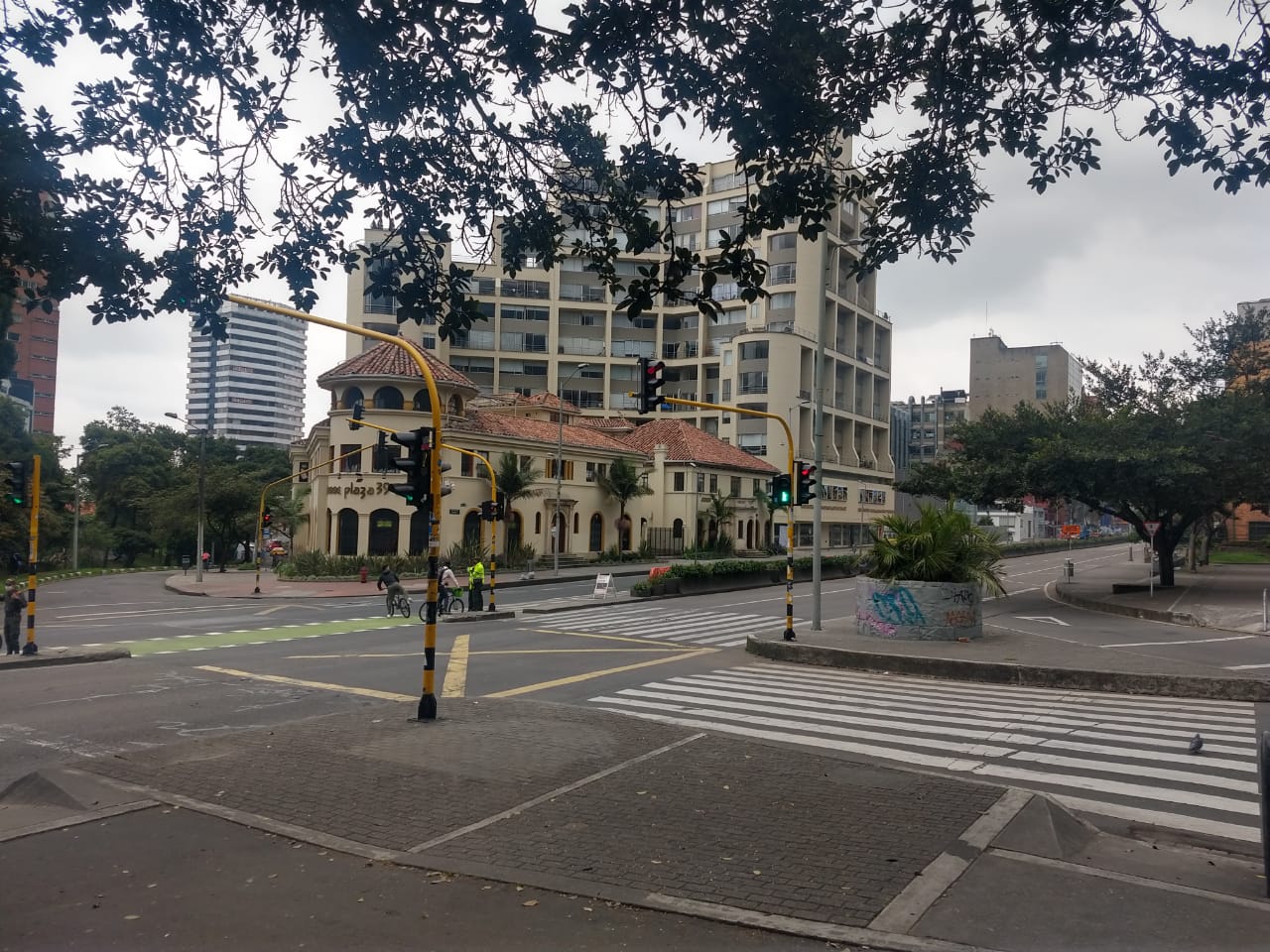
The first guerrillas officially laid down their arms on Wednesday March 1. Photo: presidencia.gov.co
March 1 marked a historic step towards a lasting peace as the first FARC members took the ‘irreversible’ step of laying down their weapons.
“Now it’s really happening!” International observers joined leading figures from the Colombian government and the FARC in expressing satisfaction as the first guerrillas officially laid down their arms on Wednesday March 1. This historic step was taken simultaneously, but with little ceremony, in all 26 transitional zones where the 6,900 FARC members are being housed.
“This is a partial but substantive advance in the laying down of arms process, which [we] value as a good starting point towards overcoming implementation delays,” according to the UN Mission in Colombia.
Speaking after a meeting of the post-conflict cabinet on February 28, President Santos said the country was entering “an irreversible stage in the consolidation of peace.”
According to the schedule set out in the peace agreement, 30% of all FARC weaponry should have been safely locked away in high security containers by March 1. A further 30% should be surrendered before the end of this month, with the remaining 40% due by the end of April. The final deadline for all armaments to be in UN hands – ready to be refashioned as three monuments to peace – is the end of May, six months after the peace accord was signed.
While the first laying down of arms does mark a significant step, it is also true that only a limited number of weapons have been handed in. In fact, the only fighters to do so were the 322 FARC members of the tripartite Monitoring and Verification Mechanism.
The missed deadline is not surprising given the significant delays in constructing the camps, securing adequate food and water supplies and in moving the insurgent group’s members to the zones.
The UN expressed concern at this state of affairs to the government last month, even suggesting a revision of the schedule. However, there is a prevailing atmosphere of pragmatism with both sides implying that consistent progress in the spirit of the Havana accords is more important than strict adherence to the timetable. According to Iván Márquez, the FARC’s chief negotiator, they realise the need to “allow the government time to keep its promises.” The government’s high commissioner for peace, Sergio Jaramillo, said on March 6 “Despite the difficulties, the glass is half full.”
The FARC is understandably nervous about disarming, given the rise in paramilitary violence and the history of reprisals against guerrillas returning to civilian politics. Márquez tweeted, “It is reasonable that, in parallel with the abandonment of arms, transparent and tangible legal security is guaranteed for the guerrillas.”
The deeper the two sides get into the implementation of the peace agreement, the harder it will be for either side to justify halting or withdrawing from the process, and the political cost to both sides will become far too high.
“We trust that this process can be accelerated, as part of a virtuous dynamic of simultaneous progress in the implementation of all aspects of the Peace Agreement. This will inspire confidence to those who were party to the conflict and to Colombian society as a whole,” said a UN statement.
However, in later comments, Márquez also hinted that disarmament might not continue without the guaranteed application of the Amnesty Law, the lifting of arrest warrants for FARC members, and the implementation of the Special Jurisdiction for Peace. Jaramillo was then quick to stress that the FARC cannot move the goalposts. He told W Radio that the concerns were understandable, but warned “what cannot happen is that these become conditions for complying with the disarmament schedule.”
The carefully choreographed disarmament process will be closely supervised by the UN. It involves identifying and registering the FARC weapons; carefully monitoring and storing the weapons in high security containers; and the FARC revealing the locations of its arms caches prior to their destruction by joint FARC and UN teams.
By Christopher Outlaw





